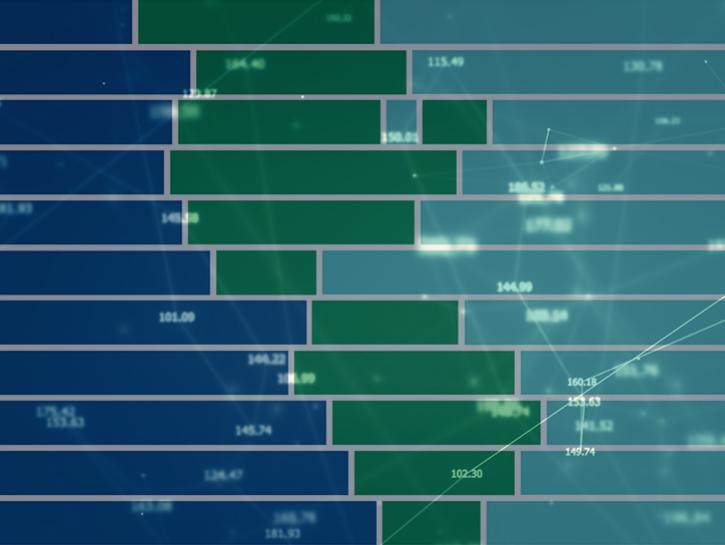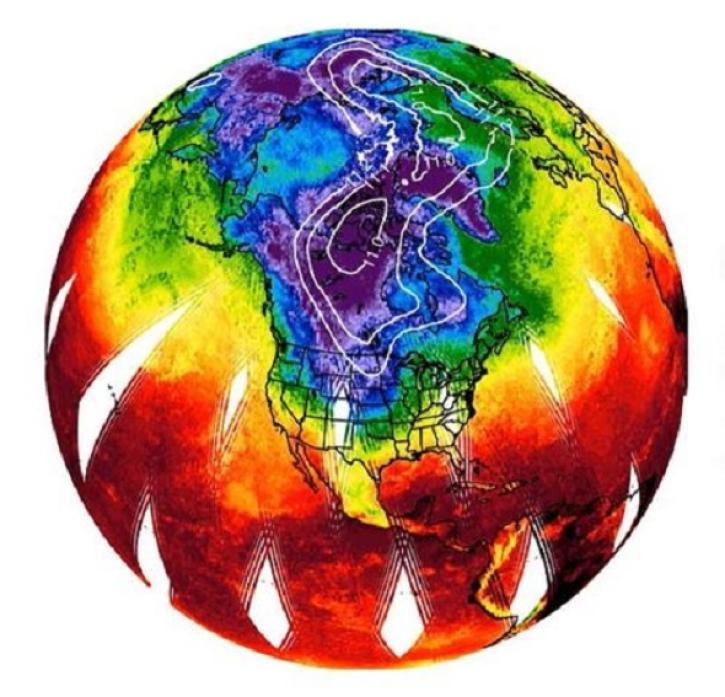Commonly Used Dust Score Data at a Glance
Very large dust storms lasting hours or days can be observed and tracked using satellite imagery. The amount of dust transported by these storms can be quantified using the Dust Score, which is calculated from data acquired by the Atmospheric Infrared Sounder (AIRS) instrument aboard NASA’s Aqua satellite. The AIRS Dust Score indicates the level of atmospheric aerosols in Earth’s atmosphere over the ocean. Dust is probable when the score is above 380, and higher scores indicate more certainty that dust is present. The numerical scale is a qualitative representation of the presence of dust in the atmosphere, an indication of where large dust storms may form, and the areas that may be affected.
An asterisk (*) next to an entry indicates that near real-time (NRT) data products are available through NASA's Land, Atmosphere Near real-time Capability for EOS (LANCE). While not intended for scientific research, NRT data are good resources for monitoring ongoing or time-critical events. For more information about the differences between NRT and Standard Science Products, please see Near Real-Time versus Standard Products.
| Spatial Resolution | Spatial Coverage | Temporal Resolution | Temporal Coverage | Spectral Resolution | Satellite/ Platform | Name (Sensor, Model, etc.) | Observation, Model, or Reanalysis | File Format |
|---|---|---|---|---|---|---|---|---|
| 50 km | Global | 6 min, hourly, 3-hourly, 6-hourly | 2016-present for NRT, 2002 for other | 2,378 infrared channels in the 3.74 to 15.4 micron spectral range | Aqua | *AIRS | Observation | HDF-EOS |



